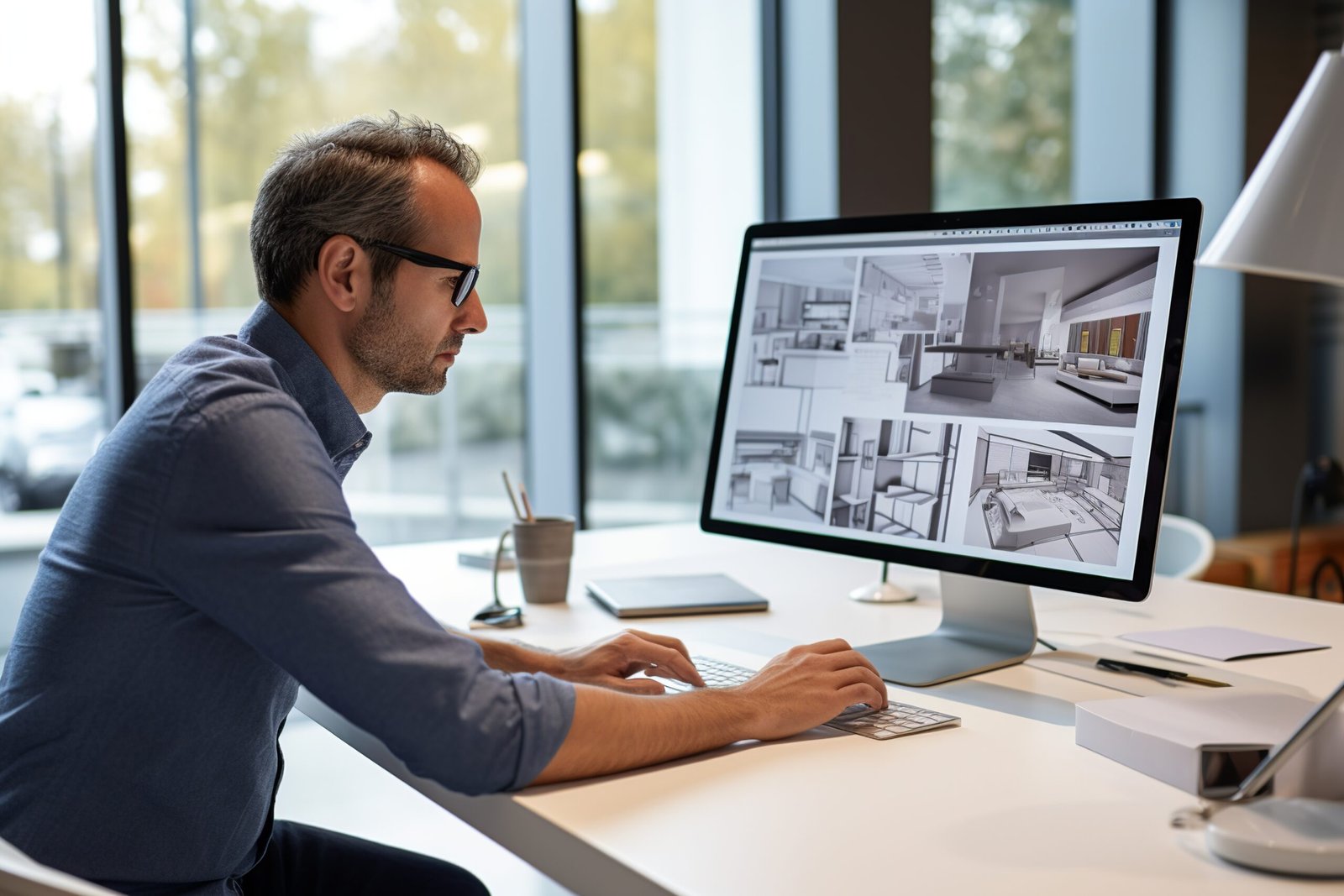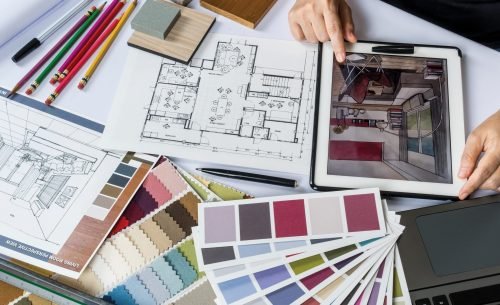
Enhancing Your Career Prospects in Interior Design
The interior design industry allows creative professionals to turn spaces into functional and aesthetically pleasing environments. As the demand for skilled designers continues to grow, here are several strategies to boost your employment prospects within this dynamic field:
- Formal Education and Certifications: Securing a degree from a recognized institution in interior design or a related field is fundamental. Additionally, obtaining professional certifications can set you apart in a competitive market. These credentials bolster your resume and reassure potential clients and employers of your professional commitment and knowledge.
- Develop a Compelling Portfolio: Your portfolio is crucial—it’s your career in a snapshot. It should showcase various projects highlighting your skills, creativity, and versatility. Ensure that your portfolio is visually appealing but also organized and professional. Include detailed descriptions of each project, your role, and the outcomes to provide context to your work.
- Gain Practical Experience: Whether through internships, junior roles, or freelance projects, practical experience is invaluable. Working in real-world scenarios helps you apply theoretical knowledge, and such experiences are often highly regarded by potential employers. Additionally, this is an excellent way to build a network within the industry.
- Networking: Engage with the professional community through networking events, trade shows, and conferences. Joining professional associations can also provide networking opportunities, professional development resources, and access to job listings. The relationships you build can lead to collaborations, job offers, and client referrals.
- Maintain an Online Presence: In today’s digital age, having a strong online presence is essential. Platforms like LinkedIn, Instagram, and Pinterest can be used to showcase your work and connect with industry professionals and potential clients. Regular updates and engaging content can attract attention and open up new opportunities.
- Stay Updated: The field of interior design is ever evolving, with new trends, materials, and technologies emerging regularly. Stay informed by subscribing to industry publications, attending workshops, and participating in online forums. Being knowledgeable about the latest trends and technology can give you an edge in discussions with clients and interviews.
- Specialize: Consider specializing in a niche area of interior design, such as sustainable design, commercial interiors, or healthcare facilities. Specialization can make you the go-to expert in that area, reducing competition and increasing demand for your services.
- Customer Service Skills: Excellent interpersonal and communication skills can significantly enhance your career prospects. Being able to understand and execute client visions effectively is key to success in interior design. Building strong relationships with clients can lead to repeat business and referrals, which are invaluable for sustained success.
By implementing these strategies, you can significantly enhance your prospects in the interior design industry, positioning yourself as a skilled and sought-after professional.
Key Software Programs Every Interior Designer Should Know
In the dynamic field of interior design, mastering certain software programs can significantly enhance your capabilities and marketability. Whether you are a seasoned professional or a budding designer, familiarity with these tools is crucial for success. Here’s a rundown of the most requested software programs in interior design:
- AutoCAD: Developed by Autodesk, AutoCAD is an essential tool for any interior designer. It is widely used for creating detailed architectural drawings and layouts. Its precision in drafting floor plans, sections, and elevations makes it indispensable for serious design work.
- SketchUp: Known for its user-friendly interface, SketchUp is a favorite among interior designers for quick 3D modeling. It is particularly useful for visualizing room layouts and furniture arrangements, allowing clients to see a realistic representation of the final design.
- 3ds Max: Also from Autodesk, 3ds Max offers robust capabilities for creating sophisticated 3D models and animations. This software is ideal for designers who need to produce high-quality visualizations and detailed animations to showcase their design concepts effectively.
- Revit: Revit is another powerful tool from Autodesk, favored for its Building Information Modeling (BIM) capabilities. It allows designers to work on complex projects involving multiple layers of data, providing a collaborative platform for architects, engineers, and designers.
- Adobe Photoshop: A staple in any designer’s toolkit, Photoshop is critical for editing and refining digital images. Interior designers use it to create mood boards, enhance material textures, and simulate lighting effects in interior spaces.
- Adobe InDesign: When it comes to creating sleek presentations and portfolios, InDesign is the go-to software. It helps designers compile their projects into professional layouts, making it easier to present ideas to clients and stakeholders.
- Rhino: Known for its ability to handle complex 3D modeling, Rhino is excellent for designers who specialize in custom furniture or intricate design elements. Its extensive plugin ecosystem also allows for extended functionality tailored to specific design needs.
- Chief Architect: Specifically designed for residential and light commercial design, Chief Architect is favored for its easy-to-use tools and realistic rendering capabilities. It makes designing entire homes and renovations straightforward, with powerful tools for building and interior design.
By mastering these software tools, interior designers can improve their workflow, present more compelling project proposals, and ultimately, enhance their creativity and productivity. Each program offers unique features that cater to the various aspects of interior design, from conceptual sketches to detailed plans and immersive visualizations.






